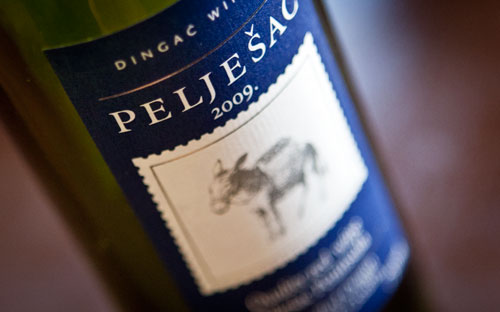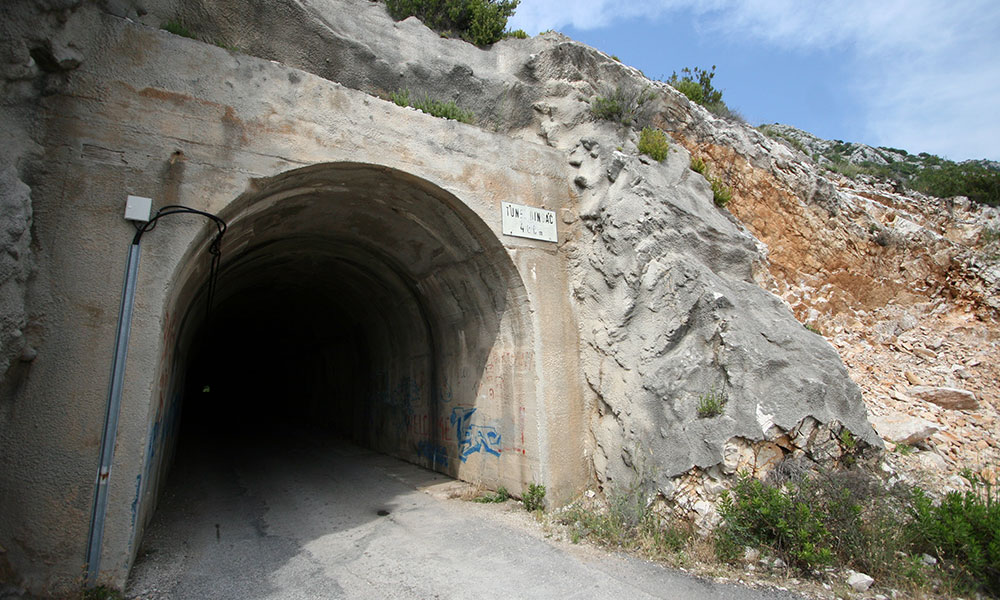
Despite what is now years of promotion, Croatian wines are still a relatively unknown although more and more people are being exposed to them. Naturally, the difficulty in this is that people are unfamiliar with the grapes that grow there, one of the primary varietals being Plavac Mali. While one can describe what Plavac Mali is words only go so far in helping this along. You need to taste the wine to fully understand it and the Dingač 2009 Pelješac is a bottle that I find to be one of the most truthful representations of this grape.
Lately, there have been a lot of wines coming out of Croatia that have been big, bold, and often full of oak. All of these wines are enjoyable, but a great many of them are betraying their roots and are trying to play to what it seems that the international market wants. Croatia can do better than this as there is a history of winemaking going back thousands of years in the region. What will ultimately give Croatian wines staying power is honesty to their locale and this wine is that.
It starts with the wine having a relatively low 12% alcohol, although this used to be quite typical for the region. The nose is full of slight raspberry and then more licorice as it opens. Then the wine opens with flavors of wild plum and sour cherry giving something of a sense of wildness to it that still stays under control. The finish is dry, like most Plavac Mali wines, but it’s light and cleans out quickly. The best part is that it’s great with food or on its own. The even more best part is that it can be had for $12-13 in the US. If you’ve tried the 2006 or 2007 and weren’t terribly impressed (they were a great deal lighter) then you should give the 2009 a try as it’s a completely different wine.
We talk a great deal more about Vinarija Dingač as well as other Croatian wineries in our Dalmatian enotourism guide.
